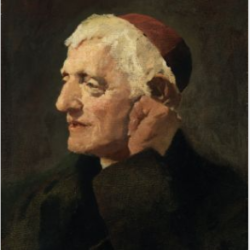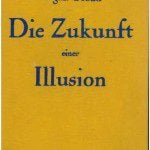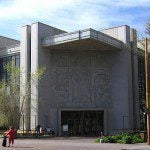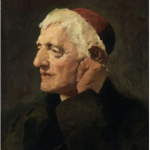
This Cuban school bus — seriously, it’s really a school bus — is a symbol of the island’s vibrant economy under the Castro brothers. (Wikimedia Commons)
The admirable Ed Gantt has drawn my attention to the fascinating contrast in tone between the obituaries given by the New York Times to Fidel Castro, Hugh Hefner, and Thomas Monson.
Here are some opening lines from the Times’s notice of the passing of the Líder Máximo:
Fidel Castro, the fiery apostle of revolution who brought the Cold War to the Western Hemisphere in 1959 and then defied the United States for nearly half a century as Cuba’s maximum leader, bedeviling 11 American presidents and briefly pushing the world to the brink of nuclear war, died on Friday. He was 90. . . .
Fidel Castro had held on to power longer than any other living national leader except Queen Elizabeth II. He became a towering international figure whose importance in the 20th century far exceeded what might have been expected from the head of state of a Caribbean island nation of 11 million people.
He dominated his country with strength and symbolism from the day he triumphantly entered Havana on Jan. 8, 1959, and completed his overthrow of Fulgencio Batista by delivering his first major speech in the capital before tens of thousands of admirers at the vanquished dictator’s military headquarters.
Here are some opening words from the obituary for Mr. Hefner:
Hugh Hefner, who created Playboy magazine and spun it into a media and entertainment-industry giant — all the while, as its very public avatar, squiring attractive young women (and sometimes marrying them) well into his 80s — died on Wednesday at his home, the Playboy Mansion, in the Holmby Hills area of Los Angeles. He was 91. . . .
Hefner the man and Playboy the brand were inseparable. Both advertised themselves as emblems of the sexual revolution, an escape from American priggishness and wider social intolerance. Both were derided over the years — as vulgar, as adolescent, as exploitative and finally as anachronistic. But Mr. Hefner was a stunning success from the moment he emerged in the early 1950s. His timing was perfect.
He was compared to Jay Gatsby, Citizen Kane and Walt Disney, but Mr. Hefner was his own production. He repeatedly likened his life to a romantic movie; it starred an ageless sophisticate in silk pajamas and smoking jacket hosting a never-ending party for famous and fascinating people.
And here, finally, are some of the opening sentences of the Times obituary for President Monson:
Thomas S. Monson, who as president of the Church of Jesus Christ of Latter-day Saints since 2008 enlarged the ranks of female missionaries, but rebuffed demands to ordain women as priests and refused to alter church opposition to same-sex marriage, died on Tuesday at his home in Salt Lake City. He was 90. . . .
Facing vociferous demands to recognize same-sex marriage, and weathering demonstrations at church headquarters by Mormon women pleading for the right to be ordained as priests, Mr. Monson did not bend. Teachings holding homosexuality to be immoral, bans on sexual intercourse outside male-female marriages, and an all-male priesthood would remain unaltered.
Mr. Monson displayed a new openness to scholars of Mormonism, however, allowing them remarkable access to church records. But as rising numbers of church members and critics joined the internet’s free-for-all culture of debate and exposé, his church was confronted with troubling inconsistencies in Mormon history and Scripture. The church even found itself at odds with an old ally, the Boy Scouts of America, which admitted gay members and gay adults as scout leaders.
I’ve only provided a taste of the Times obituary for President Monson. Go ahead. Read the whole thing. If you can stand it.
“Thomas Monson, President of the Mormon Church, Dies at 90”












